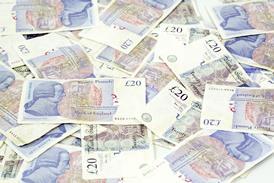Retail price rises loom as food and shipping costs climb

Retail price rises are looming as industry costs rise and demand increases following pandemic and supply chain disruption.
The rate of shop price decline slowed in May to 0.6% - almost halving on the 1.3% slide in April - to reach its lowest level since February last year.
Already have an account? Sign in here


















